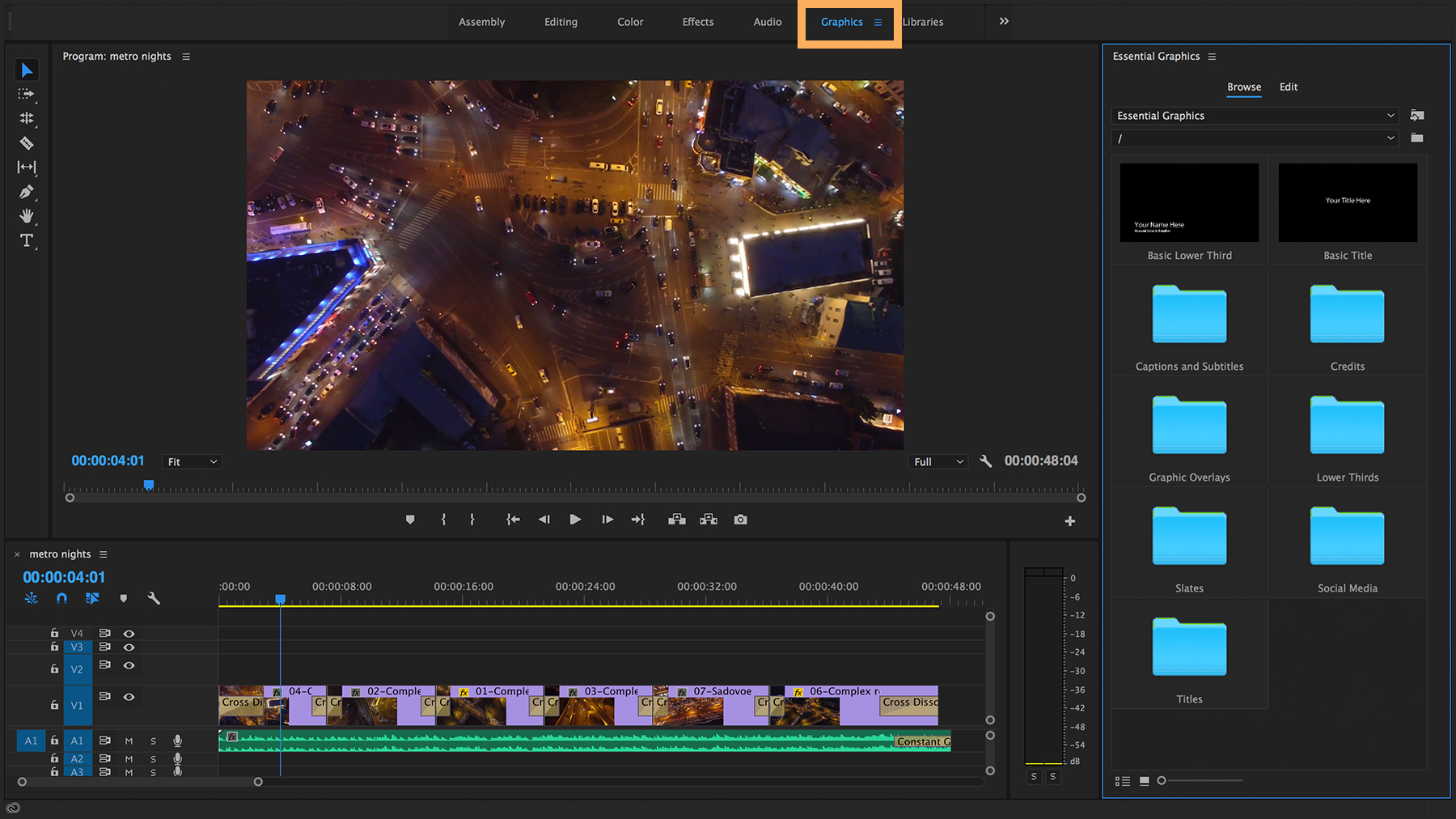
Use CTRL/CMD + T to create a text layer. Select the color you want. In Premiere Pro, right-click in the Project panel and go New Item > Color Matte. You’ll need a solid color that the text will be cut out of.
Add Text In Adobe Premiere How To Edit Text
It is worth checking out is Trint, which automates the work of transcribing your audio. While Adobe Premiere features a built-in tool, it’s not the only way to add text overlays to your latest video production. Test your captions3 Plugins to Try for Captions in Premiere Pro. Use the Type Tool When you have updated to the latest version of Premiere Pro CC 2017, you will find a new tool in the toolbar.Pro tip: If you’re working with multiple files, or have used the razor tool to cut your clip into smaller editable pieces, consider using the shift button to select all of the caption files or clips before moving or resizing the caption. Type and position your text.Knowing how to edit text in Premiere Pro is a useful skill you will likely use time and time again as you edit professional videos.
If you need to adjust the caption locations, move the playhead (blue vertical bar) in your timelinePinpoint the exact place where you’d like the next caption to start. Select.Use the slider at the bottom of your timeline to zoom into a smaller portion of your sequence, which will allow you to clearly see the written captions in each section and make it easier to move or edit them. Now, follow these steps to create a text layer. Start by importing the video you want to add text to the timeline. How to add text in Adobe Premiere Pro.

You can either navigate to the “Type Tool” by clicking the “T” icon at the bottom of your mouse selections, or by simply pressing the letter “T” on your keyboard.Once the “Type Tool” is activated, you’ll need to navigate to the Program Screen to and find a spot to click. Click the “Type Tool” then choose a spot on the Program ScreenAdobe has a handy “Type Tool” which makes creating text boxes simple and exact on your program screen. It’s worth noting though, that unless you’re planning to make text a major part of your video, then it’s usually best to wait to add text until later – once you’ve made your edits and color corrections.2.
Move that around and re-shape it until the text inside of the box looks ideal on the screen.5. There should be a red outline showing your box on the program screen. Moving and shaping the box should be as simple as when you first placed it. If you have several sentences worth of text, it might not show up due to being too large – but don’t worry – it’s there you just can’t see all of it until you change the size.Once your text box is created and your text is there, you can either go into working with the text to change color, font, size, etc… or you can also begin moving and shaping your box for its ideal location.
To start, if you could find an average sized block of text and create a box for it. Other Tips for Working with Captions and SubtitlesAs mentioned above, when working with longer blocks of text like captions and subtitles, it’s often best to make a template that will allow for the text to be an appropriate size and color (as well as the length of the box) to stand out on screen. But the basics will all be there: Font, Size, Alignment, Tracking, Kerning, Leading, Opacity, etc… You can read up more on these controls on Adobe’s website here. (If you have several effects already in use you might need to scroll down to find the “Text” line.)Many of these controls can range from self-explanatory to more in-depth.
With each new duplicate, you can add a new block of text and tweak it as needed. But if you’re working with particularly bright or dark footage, you might have to add elements like drop-shadow, edges, or background colors to make the text stand out and appear readable.Once you have a text box that looks good and works for your project’s needs, you can simply copy and duplicate that text box as many times as needed (be sure to rename it each time though).


 0 kommentar(er)
0 kommentar(er)
